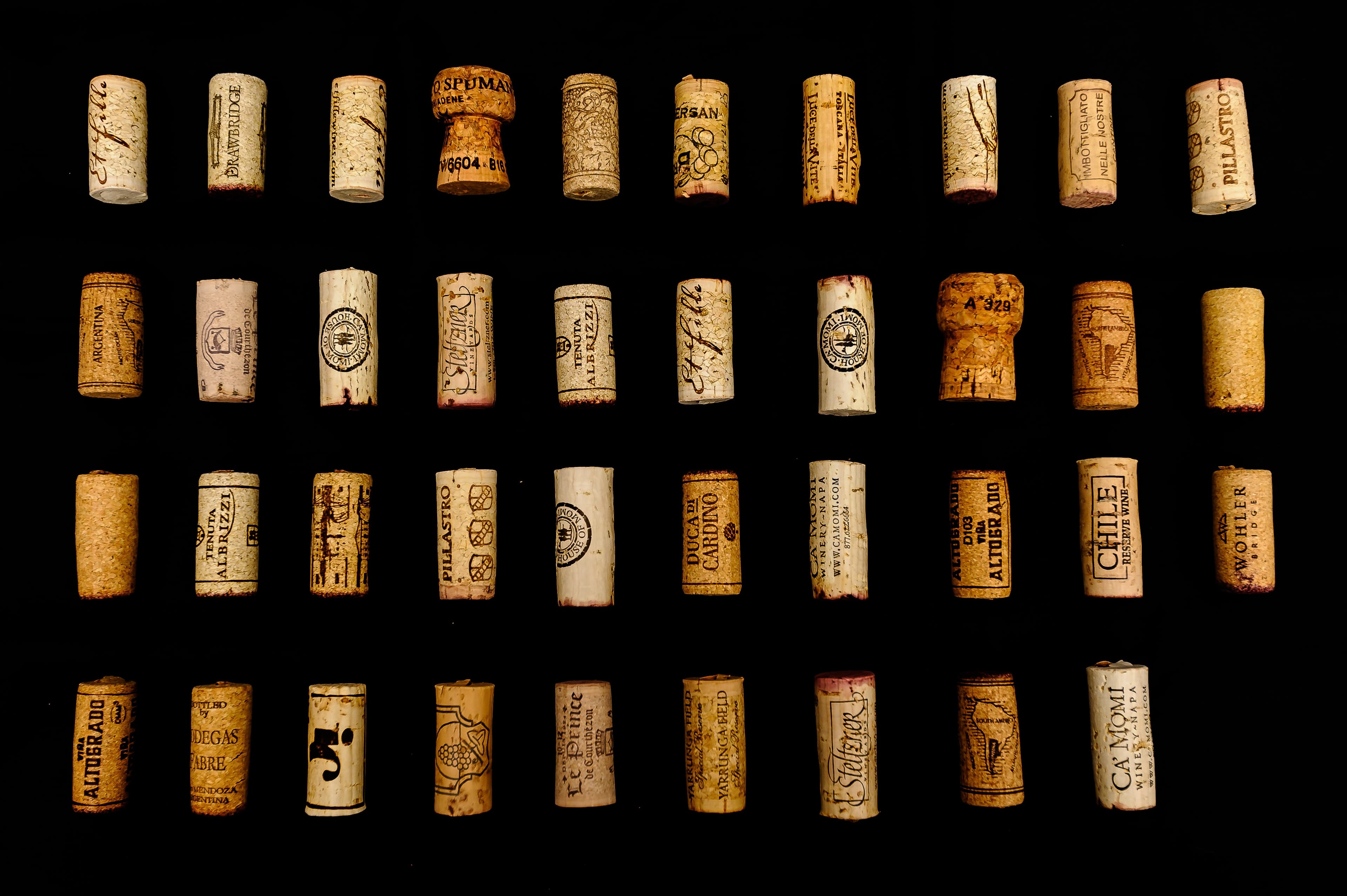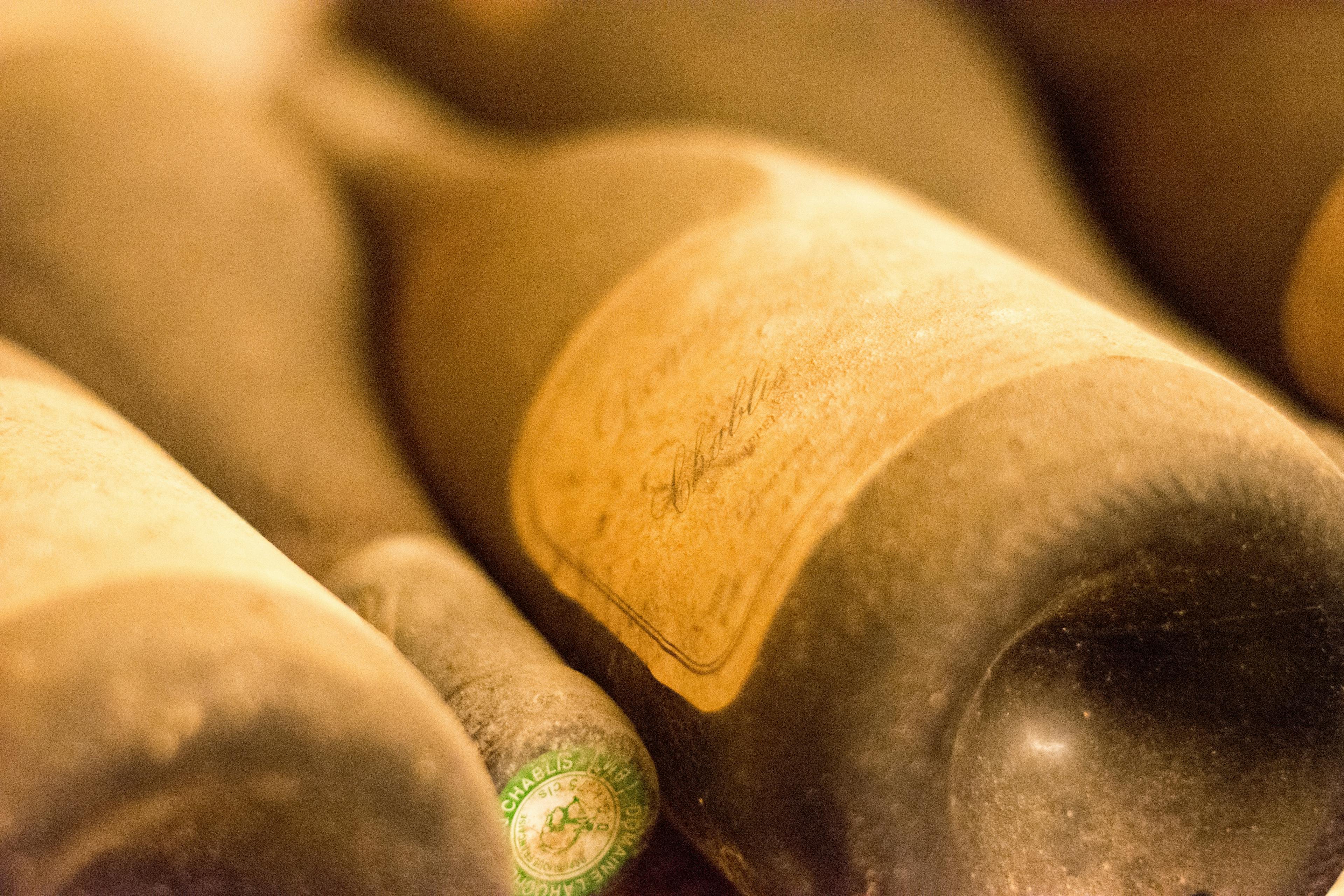
On the wine labels, we often see “contains sulfites”, which indicates the chemical compounds sulfur dioxide can be found in wine. It is believed by many that the sulfites in wine are the main reason for the headache after drinking wine. With the trend of low-intervention wines, some natural winemakers claim that natural wines are sulfite-free. What are the sulfites in wine? Where do the sulfites in wine come from? What are the pros and cons of the sulfites in wine?
Although being chemical compounds, sulfites are found naturally in the most common food sources we consume in daily life, such as eggs, peanuts, black tea and other fermented foods. Sulfites serve as a preservative and are widely used in food and beverage for centuries. The sulfites in wine come from two provenances: the sulfites generated by the alcoholic fermentation, and the sulfites added by the winemaker throughout the winemaking process. The sulfites in wine work as antioxidants and sterilizers, to keep the fresh fruity flavor in wine and preserve the wine from going bad.
With that being said, are the sulfites good? Not really. An appropriate amount of sulfites works in favor of the wine, however, too many sulfites may mask the fruitiness and aromas of the wine, making the wine taste harsh and unpleasant. Furthermore, sulfur dioxides are prone to reduce to hydrogen sulfide, resulting in the wine undesirable odors such as rotten eggs, burning rubber and boiled cabbage, which is referred to as a common wine fault, the reduction. Aside from the impact on the sensorial appreciation of the wine, sulfites have potential side effects that may cause health concerns as well. For most people, the amount of sulfites in wine are safe to consume, but for those who have asthma, sulfites are likely to irritate the respiratory tract. In some cases, sulfites may cause headaches, hives, swelling, stomach pain, and diarrhea. In order to protect the health of the public, major wine-producing countries have legislation about the maximum amount of sulfites in wine. Many countries stipulate that if the wine contains sulfites more than 10mg/L, it must be written "Contains Sulfites" or "Contains Sulphur Dioxide" on the label to inform the consumers. Generally speaking, dry red wine contains fewer sulfites than white, rosé or dessert wines.
As some of the sulfites come from the natural process of alcoholic fermentation, sulfites are inevitable in wine. Low-intervention wine producers usually add the minimum amount of sulfites in the winemaking process as possible. A few natural winemakers choose not to add any additional sulfites to the wine. However, the regulation of whether it is allowed to add sulfites to organic wine varies from country to country. The “sulfite-free” or “no sulfites added” wines contain a negligible amount of sulfites. Nevertheless, sulfites make wines more stable. Compared with wines with added sulfites, the low sulfites wines require extra efforts in harvesting, vinification, storage and transportation process. A careless mistake may compromise the drinkability of the wine, even make the wine a faulty product.
Share this article











